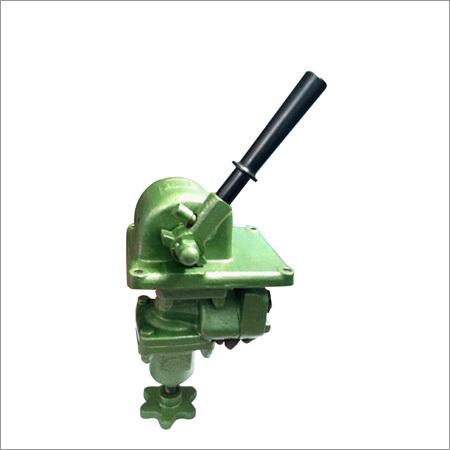Automatic Drain Valve
Product Details:
- Type Valve
- Pressure High Pressure kgf/cm2
- Media Air
- Click to View more
Automatic Drain Valve Price And Quantity
- 50 Piece
Automatic Drain Valve Product Specifications
- High Pressure kgf/cm2
- Air
- Valve
Automatic Drain Valve Trade Information
- Kolkata
- 50 Piece Per Month
- 30 Days
- Yes
- Sample costs shipping and taxes has to be paid by the buyer
- Wooden Box
- All India
- ISO, NSIC
Product Description
The removal of condensate or stored moisture from compressed air systems or other fluid systems is accomplished by means of an automated drain valve. When a predetermined level of condensate is achieved or at predetermined intervals, it is programmed to automatically open, allowing the accumulated liquid to drain out of the system.
An automatic drain valve's main purpose is to prevent condensate buildup, which can result in problems including corrosion, pollution, decreased system efficiency, and harm to equipment downstream. The drain valve aids in keeping the system's integrity and optimal performance by quickly eliminating any condensate.
Automatic drain valves come in a variety of designs, including:
1. Drain Valve with Adjustable Timer: These drain valves have an adjustable timer that opens the valve at predetermined intervals. The system requirements and the anticipated amount of condensate accumulation can be used to determine the intervals.
2. Float-Type Drain Valve: To detect the presence of condensate, this type of drain valve employs a float mechanism. The float rises when the liquid level reaches a specified level, opening the valve and releasing the condensate. The float lowers and the valve closes as soon as the liquid level drops.
3. Electronic or sensor-based drain valves: These drain valves use sensors, like capacitance or conductivity sensors, to find condensate. The valve opens and drains the condensate when the sensor senses a specific amount of liquid.
By removing the need for manual draining and guaranteeing consistent system maintenance, automatic drain valves offer simplicity and efficiency. They are frequently used in applications where it is necessary to remove moisture, such as compressed air systems, refrigeration systems, air dryers, and others.
The reliable operation of automatic drain valves and the overall effectiveness of the system depend on proper installation, routine maintenance, and adherence to manufacturer's instructions.
Features:
- Rugged construction
- Maintenance free
- Can withstand high pressure






